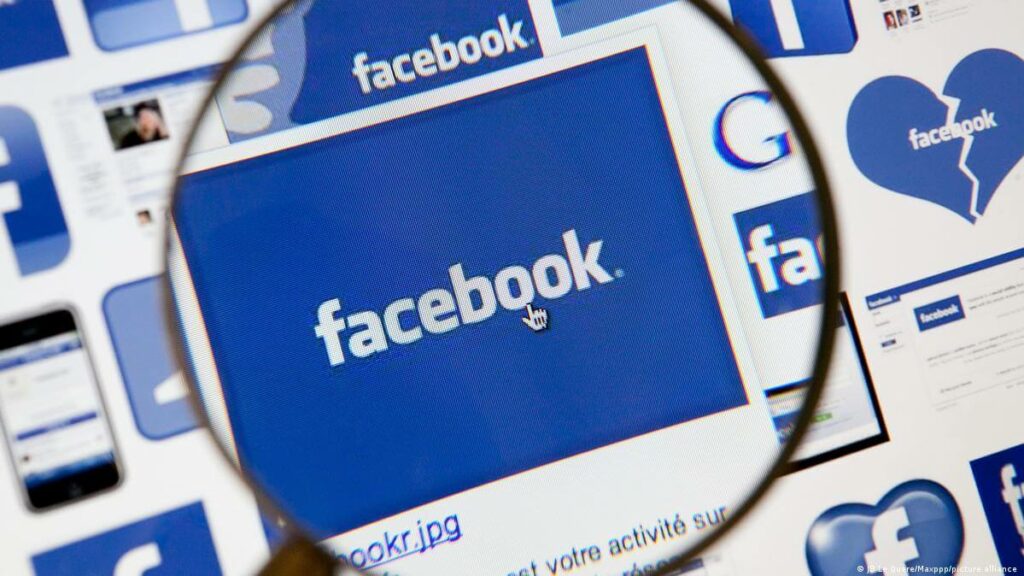The evolution of social media has been nothing short of remarkable. What started as a fun way to connect from different parts of the world has become integral to our daily lives. Millions of people use social media to keep updated on the latest news, share their thoughts and feelings, and connect with friends and family. In this article, we will look at the origins of social media, tracing its evolution from early bulletin board systems to modern-day platforms.
Table of Contents
The Origins of Social Media

It is hard to imagine a world without social media. However, only two decades ago, the idea of people worldwide connecting and sharing pictures online was still abstract. The foundations for modern-day social networks were laid in 1985 with the launch of Bulletin Board Systems (BBS).
BBS allowed users to connect to a central computer, share documents and communicate with each other via forums. Over the next few decades, BBSs were improved upon, and new services emerged. AOL Instant Messenger (AIM) revolutionized social media marketing by allowing people to chat over the public domain in real time. Soon after, sites like MySpace, LiveJournal, and Friendster emerged, allowing users to create online service profiles and connect.
At the same time, technology was advancing rapidly, leading to the social media evolution of powerful mobile devices. This allowed social networking sites to move from the desktop to our phones, giving us unprecedented access to information and communication on the go. We saw a proliferation of services such as Twitter, WhatsApp, and Instagram, which became the foundation of the modern-day social networks we know today.
The History of Social Media
Social media has become an integral part of our lives, and its history is interesting. The early days of social media were a time of rapid development as companies raced to provide the best user experience. Below are some of the major milestones along the way:
SixDegrees
SixDegrees, launched in 1997, was arguably the first true social networking site, a pioneer in the online realm that paved the way for the social media behemoths we see today. Named after the “Six degrees of separation” theory, the site allowed users to create profiles, list friends, and surf the friend network later in life. Its rise was rapid, swelling to a million users by 2001. But this tale of digital innovation was not without its setbacks. SixDegrees was ahead, so it struggled with technical limitations and user skepticism.
Its 3D space was too vast and confusing for the dial-up users of the late ’90s, leading to its eventual social media usage downfall. However, this social media app’s influence cannot be underestimated. It set the stage for the advent of a new era of social media services, and its innovative features, such as user profiles and friends lists, became the standard for the group of platforms that followed in its digital footsteps. All in all, SixDegrees may have had a short life, but it did leave a lasting legacy!
Friendster
Friendster launched in 2002 as a social networking site and was among the first sites to gain traction. It quickly became popular thanks to its slick design and user-friendly interface. In no time at all, it had reached over 3 million users. Friendster allowed social media users to list their friends, post photos and music files, search for people with common interests, join groups, and message each other. It was the first to introduce a “Suggested friends” feature and the idea of a “wall” for posts.
However, Friendster’s success came with its problems. It suffered from technical issues such as slow loading times, bugs, and lack of storage capacity that caused users to look for other options. But the biggest challenge was its inability to scale quickly enough to meet user demand. This ultimately led to its eventual demise, though elements of its UX can still be seen in many systems research today.
LinkedIn emerged in 2003 as a professional networking platform. The idea was to help build business relationships between like-minded professionals, and it quickly became popular among career-oriented users. It offered features such as job postings, employee profiles, company reviews, and industry forums, making it easier for employers to find qualified candidates.
Unlike other social networks, LinkedIn was not focused on socializing but on professional networking. This made it stand out from other sites and quickly became the go-to platform for recruiters and job seekers.
Myspace
Myspace was launched in 2003 as a social networking site and quickly gained popularity among teenagers. It focused on music, allowing users to upload songs, create playlists, and find new bands. It also allowed users to customize their profiles with HTML coding.
Myspace rose to prominence and amassed millions of users by the mid-2000s. However, the platform’s popularity declined in 2008 as it failed to keep up with other social networks like Facebook and Twitter, which introduced more innovative features.
Social Media Today
Today, social media platforms have become an integral part of our daily lives. The most popular platforms include:
- Facebook: Launched in 2004, it quickly became the most popular social network in the world. It has over 2 billion active users and is an excellent platform for connecting with friends, sharing content, and engaging with brands.
- Twitter: Founded in 2006 as a microblogging platform, it allows users to post messages called “tweets.” Twitter is an excellent platform for updating the latest news and trends.
- Instagram: Founded in 2010, it is a photo-sharing app that allows users to share photos and videos with followers easily. It has over one billion active monthly users and has become especially popular among young people.
- Snapchat: Launched in 2011, it is a messaging app that allows users to send photos and short videos (“snaps”) to friends, which disappear after viewing them. It has become a trendy platform for sharing “Stories” collections of snaps that all your followers can see.
Conclusion
Social media has come a long way since its humble beginnings and continues evolving as technology advances. Social media platforms have revolutionized communication, enabling us to stay connected with friends and family worldwide. They have also created opportunities for businesses to engage with customers and promote their brands in new ways.
As social media evolves, so will how we connect, create, and share. With the variety of platforms available, it can be overwhelming to keep up with them all, but the possibilities are endless when creating content and engaging with others. What will the future of social media bring? Only time will tell!
- How to Create a Winning Social Media Strategy for Your Business? - October 12, 2023
- Elevate Your Online Presence: Tips for Better Social Media Use - October 12, 2023
- The Ultimate List of Top Social Media Apps and Sites - October 12, 2023

